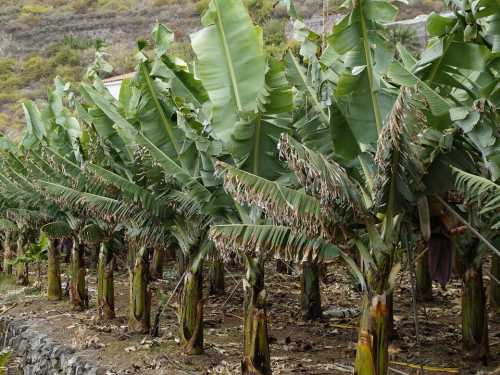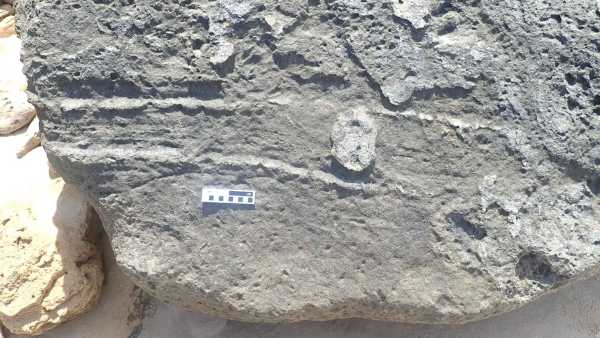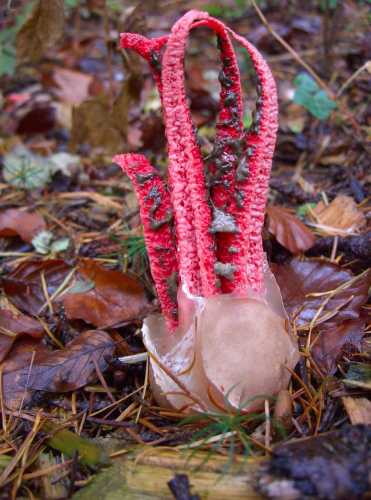
The bananas we eat raw, add to smoothies, yogurt, are called “Cavendish”. In the coming decades, they may disappear. This will be a repeat of history that happened in the middle of the last century.
Old people like to say that when they were young, everything was better than now. The streets were cleaner, the women were prettier, the men were braver, and the bananas were sweeter. And at least they are right about the latter.
The fact is that until the 1950s, the best-selling variety in the world was Gros-Michel, which was much sweeter and, accordingly, tastier. However, then a fungus called Tropical Race 1 (TR1) made itself felt. It penetrated the plant through the roots, blocked the flow of water and nutrients, as a result of which it died of starvation.
The fungus spread rapidly, almost completely destroying the plantations where the Gros-Michel variety was grown. As a result, the whole world switched to the production and consumption of the Cavendish variety, which turned out to be invulnerable to the TR1 fungus. Today, the fruits of these varieties account for 95% of world exports. Not so long ago, however, it turned out that their immunity is also not reliable. Another fungus began to spread around the planet – “Fusarium Wilt Tropical Race 4” (TR4). It is probably not worth specifying that it is a close relative of TR1.
Read also: Scientists: The modern world has become too dangerous for bananas.
In 2019, TR4 reached the American continent. In Colombia, the largest supplier of bananas, a kind of sanitary emergency was declared. It should be understood that this type of fungus has been known since the 80s of the last century. It first appeared in Taiwan, after which it spread throughout Asia, Africa and the Middle East.
Why has no one found an antidote to this infection for so long?
The fact is that the fungus is incredibly insidious and tenacious. Its spores can remain in the soil for decades. This means that all this time they are carried from one plantation to another by human shoes, car tires and even rain streams. Colombians have made every effort to stop the spread of the fungus. They have introduced sanitary control on air, sea and rail transport, disinfected cars and people on banana plantations, destroyed all plants in infected fields. However, all these measures have been in vain – the fungus continues its victorious march through the country.
Read also: A fungal infection of bananas spread in South America: the entire crop was destroyed.
Scientists have not yet found natural fungicides or created chemicals that can effectively combat TR4. According to most experts, the death of Cavendish bananas is a matter of time. There is also no replacement for them yet.
A way out of the situation could be genetically modified varieties that are resistant to the fungus, but it is not yet entirely clear how ordinary consumers will react to the fact that their favorite delicacy has suddenly become a GMO product.





